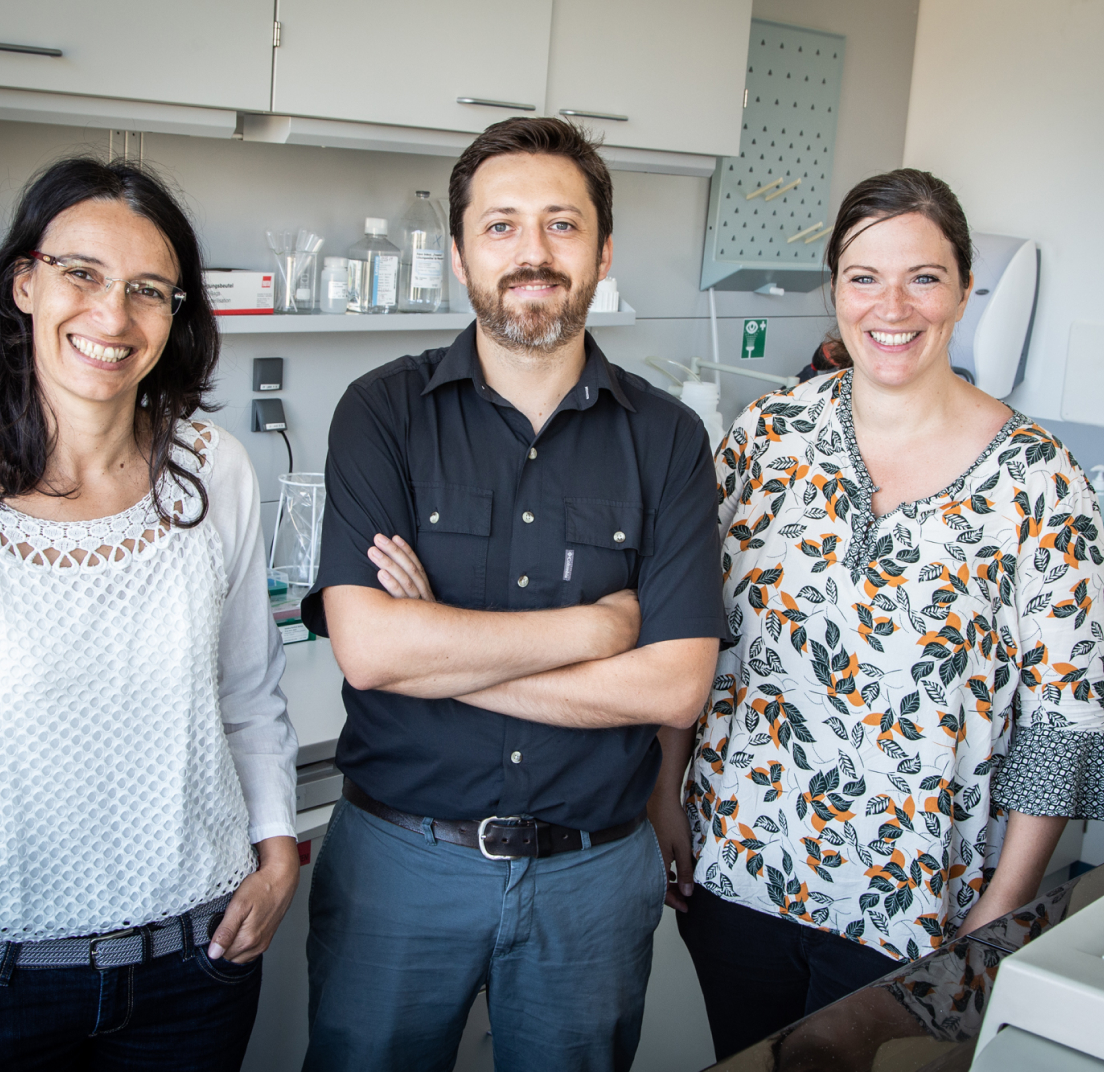“PARsing Post-Exertional Malaise: Does Post-Exertional Autonomic Recovery (PAR) Impact Post-Exertional Malaise? ”
PrincipaI Investigator: Kegan Moneghetti, PhD, MBBS (hons), FRACP
Stanford School of Medicine
“PARsing Post-Exertional Malaise: Does Post-Exertional Autonomic Recovery (PAR) Impact Post-Exertional Malaise? ”
PrincipaI Investigator: Kegan Moneghetti, PhD, MBBS (hons), FRACP
Stanford School of Medicine

Collaborators: Lily Chu (MD, MSHS), Jeffrey W. Christle (PhD, CEP), Donn Gavert (MS), Tullia Lieb
Kegan Moneghetti, PhD, a Stanford School of Medicine cardiopulmonoloigst, will work with multidisciplinary collaborators to test the hypothesis that a poorly functioning autonomic nervous system (ANS) – which regulates many vital body functions – fails to help people with ME/CFS recover appropriately from exertion. ANS activity will be measured by how quickly the heart rate returns to baseline and heart rate variability during recovery from a standardized exercise test. The investigators will also record symptoms, overall function and mental ability at various time points during the study, allowing them to examine the relationship between ANS and post-exertional malaise (PEM) following a challenge.
–Team of Kegan Moneghetti
Read the research study abstract below:
Postexertional malaise (PEM), the hallmark feature of myalgic encephalomyelitis/chronic fatigue syndrome (ME/CFS), is considered by many clinicians, scientists, and people with ME/CFS to be the most disabling symptom. Yet, we still do not understand why and how PEM occurs, nor have specific, reliable ways to prevent or treat it.
The human autonomic nervous system (ANS) regulates many vital functions such as heart rate, respiratory rate, temperature, and blood pressure. It is divided into two branches, the sympathetic and parasympathetic nervous systems. The former helps us respond quickly to stressors and threats (sometimes referred to as “fight-or-flight”), while the latter helps us calm down once the stressor/threat has disappeared (“rest-and-digest”). Multiple observations suggest that a poorly functioning ANS plays a major role in ME/CFS. Many of the symptoms people with ME/CFS suffer from (e.g. fatigue, inability to exercise, difficulty sleeping, problems thinking) are also shared by people affected by ANS disorders. Conditions like migraines and irritable bowel syndrome, frequently seen with ME/CFS are linked to ANS issues. Two ways to assess an individual’s ANS are via heart rate and heart rate variability. Under a variety of situations – during exercise, during sleep, after demanding mental tasks – the heart rate and heart rate variability of people with ME/CFS do not react in the same way as healthy people. Differences have also been found in the parasympathetic communication pathway of people with ME/CFS.
Consequently, we believe that an abnormal ANS which fails to help the body recover appropriately from a challenge may initiate a physiological cascade that ultimately leads to PEM. To test our theory, we will first compare how quickly the heart rate of 20 people with ME/CFS and 20 healthy sedentary participants recover to baseline after a maximal cardiopulmonary exercise test. In parallel we will record heart rate variability and assess participants’ level of fatigue, pain, problems thinking, difficulty sleeping, and overall function via a questionnaire pre-exercise and at five different time points post-exercise. We will examine and compare the relationship between heart-related measures and symptom reports in both groups. Finally, all study participants will complete a series of mental tasks pre-exercise and at two timepoints post-exercise. This will allow us to examine the relationship between the ANS in recovery and post-exercise mental abilities.
To our knowledge, no prior study has investigated ANS during recovery and PEM together after a standardized, physical exercise challenge. Another innovative feature of this project is the use of online platforms to remotely gather post-exertional subjective and objective information. The proposed research is significant because it may inform the cause of PEM. These data may prove useful in preventing and treating PEM in people with ME/CFS. Since PEM is a key feature of ME/CFS, understanding the mechanism behind it could also lead to more effective ME/CFS treatments.



350 N Glendale Ave.
Suite B #368
Glendale, CA 91206
SolveCFS@SolveCFS.org
704-364-0016
| Cookie | Duration | Description |
|---|---|---|
| cookielawinfo-checkbox-analytics | 11 months | This cookie is set by GDPR Cookie Consent plugin. The cookie is used to store the user consent for the cookies in the category "Analytics". |
| cookielawinfo-checkbox-functional | 11 months | The cookie is set by GDPR cookie consent to record the user consent for the cookies in the category "Functional". |
| cookielawinfo-checkbox-necessary | 11 months | This cookie is set by GDPR Cookie Consent plugin. The cookies is used to store the user consent for the cookies in the category "Necessary". |
| cookielawinfo-checkbox-others | 11 months | This cookie is set by GDPR Cookie Consent plugin. The cookie is used to store the user consent for the cookies in the category "Other. |
| cookielawinfo-checkbox-performance | 11 months | This cookie is set by GDPR Cookie Consent plugin. The cookie is used to store the user consent for the cookies in the category "Performance". |
| viewed_cookie_policy | 11 months | The cookie is set by the GDPR Cookie Consent plugin and is used to store whether or not user has consented to the use of cookies. It does not store any personal data. |
Please let us know more about you.
Please let us know more about you.
Please let us know more about you.
Please let us know more about you.